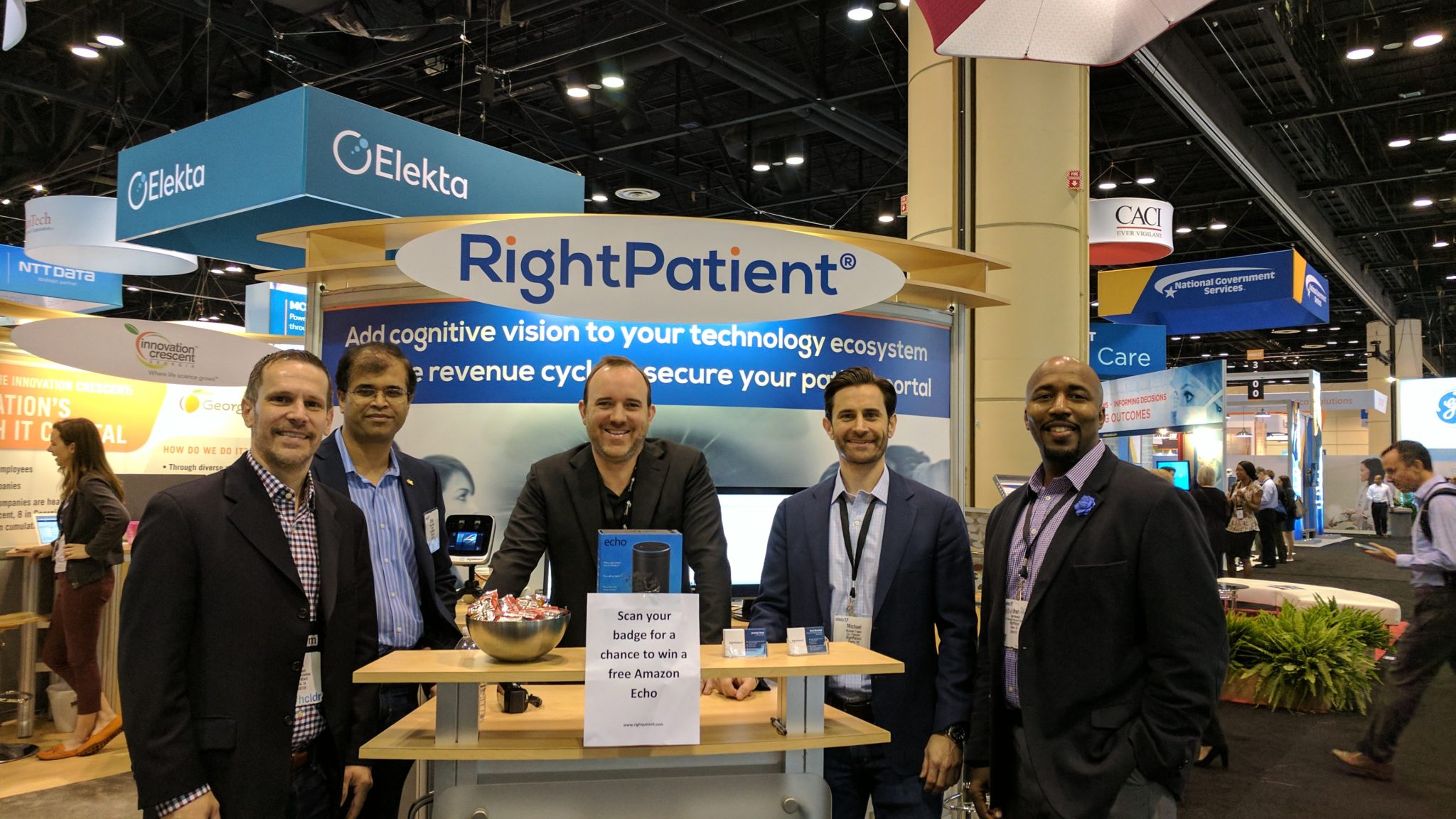Proper Patient Identification Mitigates Hospital Losses in Several Ways

Patient safety can easily be achieved by making proper patient identification one of the basic requirements within hospitals. Misidentification of patients creates a host of problems for the care provider, the patients, the insurance companies, to say the least. Medical record mix-ups, preventable medical errors, wrong administration, patient safety issues, or death can be the result of patient misidentification. Repetitive cases of misidentification can spell doom particularly if it is concurrent post-pandemic, caregivers have their hands full to deal with huge losses as a result of coronavirus.
Subsequently, we will look at the effects of patient misidentification on healthcare providers, the financial losses incurred, and how using RightPatient can be used for proper patient identity management to assist caregivers in overcoming issues that may arise as a consequence.
COVID-19 further compounds the financial loss on healthcare providers
In 2020, it was thought that hospitals will lose $323 billion due to COVID-19. Things are much better now that we have seen a large portion of the United States’ population get vaccinated but the immense financial pressure on hospitals remains an impediment. About $122 billion is the estimated value of the total possible loss for hospitals and health systems following the lingering effects of the pandemic. Despite the immense efforts invested in vaccination, the losses haven’t abated in 2021 according to experts. The situation is dire and healthcare providers have to cut down on unnecessary costs in a meaningful way.
2020 was a dark year for healthcare providers
In the wake of last year’s events, caregivers had to develop new strategies to overcome the challenges posed by the pandemic. They were forced to adopt cost-cutting strategies such as furloughing, temporarily closing down departments, closing hospitals, and laying off workers. These strategies aided some hospitals but it was pretty ineffective for others. The focus has to be on fixing existing problems that will ultimately minimize their losses. Proper patient identification is one of the most underrated and lingering problems that are being experienced in many hospitals and health systems. Next, we will be considering how we can reduce losses.
Ways how proper patient identification cuts losses
Accurate patient identification reduces denied claims
Denied claims often result from situations in which the person paying for a service observes discrepancies in the information sent by the caregiver compare to a patient’s actual data. Such claims are denied based on patient misidentification.
Possibly, the patient might have been misidentified right from the beginning. The case of patient misidentification does not necessarily mean that the patient was given another patient’s EHR, it could also be a case of duplicated medical details. If such occurs in the EHR system, and the fragmented data are used in treating the patient, the issues that may arise will be critical. Peradventure by a long shot, a miracle happens and no patient safety concern incident occurs, the claims will be flagged off by a statement of the insurance company that it was the wrong medical record. Medical record mixups may mean that a patient receives the wrong bills and these rarely pass through to approval.
It is, thus, important to properly identify a patient from the beginning. An adequately evaluated identification will mean that the same EHR will be used in developing appointment schedules as well as payment collection. It will also be useful in fighting denied claims. The necessary bills will be issued to the patients and the caregiver’s patient revenue cycles will be optimized and losses reduced drastically.
Accurate patient identification improves patient safety
Dangers to patient safety such as wrong treatments, readmissions, wrong surgeries, preventable medical errors depending on the situation can arise from a wrong EHR is used to administer treatment to patients. A patient with diabetes can get treated with a plan for a heart condition as a result of a patient record mix-up. Even the slightest patient safety incident can cost healthcare providers a lot of money, undesirable media attention, and others which can lead to penalties down the road.
Making sure that accurate patient identification often limits the chances of medical record mix-ups, drastically reduces the occurrence of otherwise preventable medical errors, and ensures improvement in healthcare outcomes by making the right patient get the right treatment plan. An averted problem of patient safety concerns saves the hospital a whole lot of trouble and financial implications.
RightPatient ensures proper patient identification
Efficient healthcare providers are finding great use for RightPatient in identifying their patients. Our touchless biometric patient identification platform is easy to use, and it is also ideal in a post-pandemic world as it limits the chances of infection control issues.
The platform has a proven track record of aiding healthcare providers to enhance patient safety, forestalling cases of patient medical record duplication, and diminishing denied claims. The bottom line is ultimately improved upon in the process. Are you ready to use a feasible solution like RightPatient to cut your losses?










Leave a Reply
Want to join the discussion?Feel free to contribute!